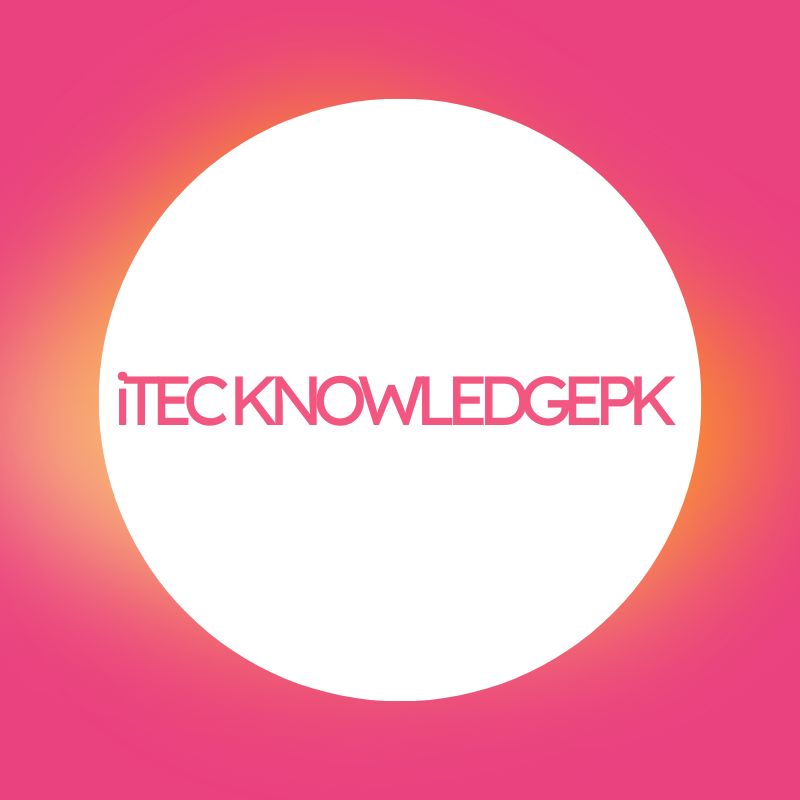NFTs, or Non-Fungible Tokens, have been gaining a lot of attention in the world of digital assets and blockchain technology. They are unique digital assets that can be used to represent anything from art to music to tweets. NFTs are essentially digital certificates of ownership, stored on a blockchain, that prove a specific asset's authenticity, rarity, and ownership.
In this article, we will explore the concept of NFTs in detail, including how they work, their benefits and drawbacks, and the future of NFTs.
What are NFTs?
As mentioned earlier, NFTs are unique digital assets that are stored on a blockchain. They are often used to represent digital art, music, or other forms of creative content. NFTs are different from other digital assets like cryptocurrencies in that they are non-fungible, meaning that they cannot be exchanged for something else of equal value.This uniqueness is what makes NFTs valuable. They are often used to represent one-of-a-kind digital assets, like an original piece of art or a rare collectible. Each NFT is associated with a unique identifier, which is stored on the blockchain. This identifier provides proof of ownership and authenticity.
How do NFTs work?
NFTs are created using blockchain technology, which is a decentralized ledger that allows for secure and transparent transactions. Each NFT is stored on a specific blockchain, which acts as a digital certificate of ownership.To create an NFT, the owner of the asset must first create a digital representation of it. This can be a piece of art, a music file, or any other type of digital content. Once the digital asset is created, the owner can then mint it as an NFT on a blockchain platform.Once an NFT is minted, it can be bought and sold like any other digital asset. When someone purchases an NFT, they are essentially buying the right to own and display the digital asset associated with it. The transaction is recorded on the blockchain, providing a transparent record of ownership.
What are the benefits of NFTs?
One of the main benefits of NFTs is that they allow creators to monetize their digital assets in a new and unique way. For example, an artist can create a digital painting and sell it as an NFT, providing proof of ownership and authenticity to the buyer. This allows artists to sell their work directly to buyers, without the need for a middleman like an art gallery.NFTs also offer benefits for buyers, as they provide a way to own and display unique digital assets. Collectors can purchase NFTs representing rare or one-of-a-kind digital assets, knowing that they own the original and can display it as they wish.
What are the drawbacks of NFTs?
One of the main drawbacks of NFTs is that they are a relatively new concept, and as such, there is still a lot of uncertainty and confusion surrounding them. Many people are still unsure of what NFTs are, how they work, and whether they are a worthwhile investment.Another drawback of NFTs is that they can be quite expensive. Because they represent unique and rare digital assets, the prices for NFTs can be high. This means that they may not be accessible to everyone, and that only a select group of people will be able to own and display them.
What is the future of NFTs?
The future of NFTs is uncertain, but many experts believe that they have the potential to revolutionize the way that we think about digital assets. NFTs offer a way for creators to monetize their work in a new and unique way, while also providing collectors with a way to own and display rare and unique digital assets



0 Comments